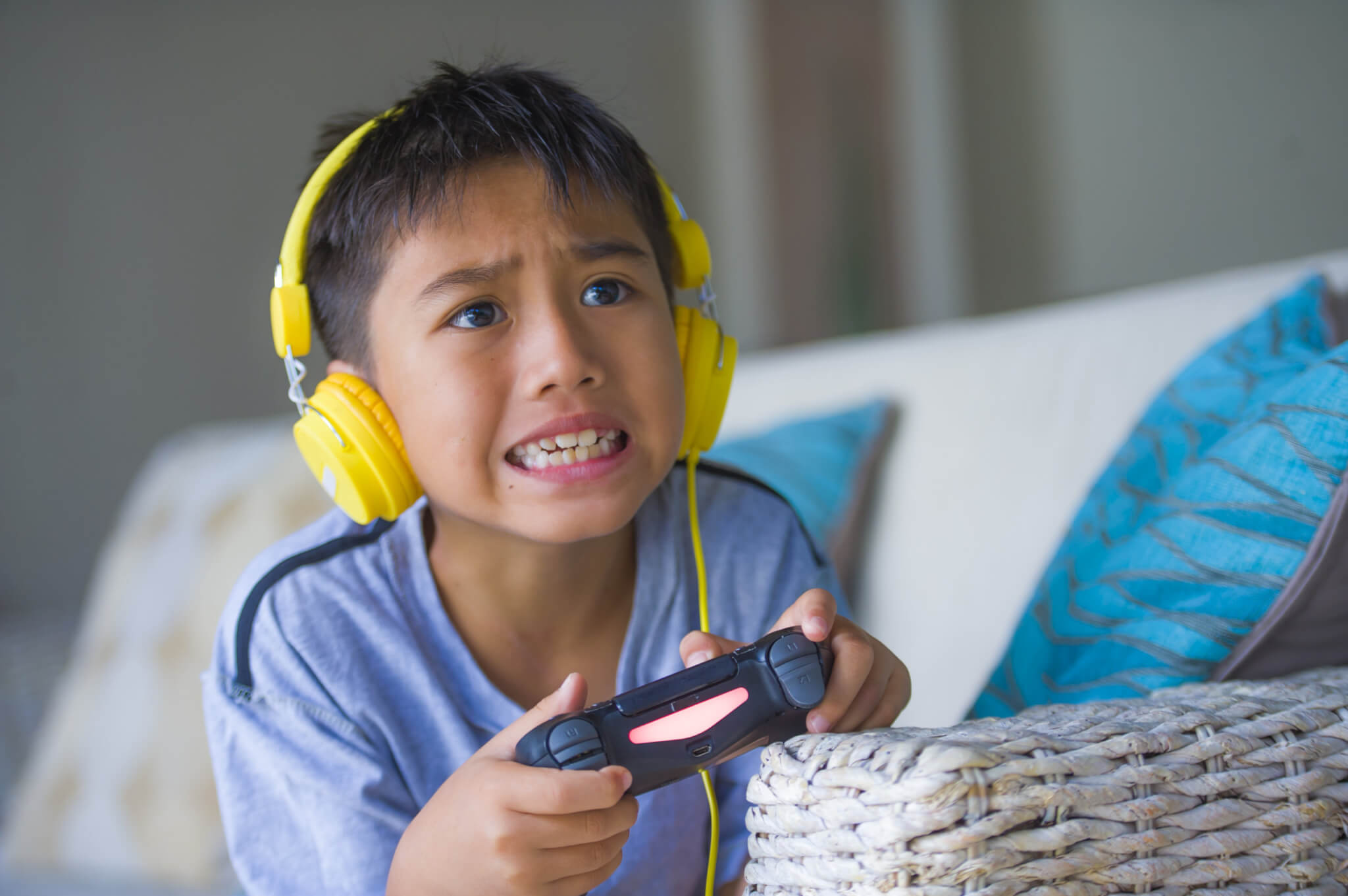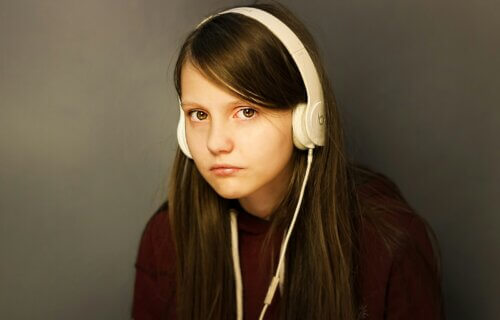ANN ARBOR, Mich. — While teens listening to loud music through their headphones may be a common sight, a new report reveals that more and more younger children are also beginning to use headphones and earbuds, putting them at risk for hearing problems at earlier ages.
According to the latest University of Michigan Health C.S. Mott Children’s Hospital National Poll on Children’s Health, two in three parents report that their elementary or middle school aged children (ages 5-12) use these devices on a regular basis. Moreover, the national poll also notes that half of these children use their headphones or earbuds for at least an hour a day.
Another one in six parents admit a normal day for their child includes at least two hours of use.
“Over recent years we’ve mostly been concerned about teens overusing audio devices. But earbuds have become increasingly popular and prevalent among younger kids, exposing them to more intense noise on a regular basis,” says Susan Woolford, M.D., M.P.H., Mott pediatrician and co-director of the Mott poll, in a media release.
“Noise exposure risks to young children have historically involved loud singular events like concerts or fireworks, but parents may underestimate the potential harm from excessive use of listening devices. It may be difficult to know whether their child’s exposure to noise is healthy.”
Kids are most likely to use personal audio devices at home, at school, or in the car. Roughly a fourth of parents note their kids occasionally use the devices on airplanes and less than 10 percent add their children use them on the bus, outside, or in bed.

Half of parents in the survey believe their kids use headphones and earbuds so often because the devices keep them entertained. The American Academy of Pediatrics, meanwhile, released a statement in 2023 stressing the need to lower noise risks among children.
Unfortunately, more and more evidence has appeared in recent years pointing to both children and teens using personal listening devices much more often. Dr. Woolford explains that prolonged or extreme exposure to high volumes of noise can potentially lead to long term health issues like hearing loss or tinnitus.
“Young children are more vulnerable to potential harm from noise exposure because their auditory systems are still developing. Their ear canals are also smaller than adults, intensifying perceived sound levels,” Dr. Woolford adds. “Tiny hair cells inside the inner ear pick up sound waves to help you hear. When these get damaged or die, hearing loss is irreversible.”
When kids experience tons of noise, it can also impact sleep, academic learning, language, stress levels and even blood pressure, researchers note. More parents of children between nine and 12 years-old report their children use headphones or earbuds than moms and dads raising five to eight-year-olds. Daily use was also more likely to be higher among older adolescents.
Interestingly, just half of parents say they’ve attempted to limit their child’s use of audio devices. Parents who have tried to do so cite strategies including asking the child to take a break, having set hours for use, and using a timer. Caregivers with a child using headphones for more than two hours daily are less likely to set any time or volume limitations in comparison to other parents reporting less headphone use among their kids.
Dr. Woolford has four tips to help parents potentially reduce the risks of noise exposure:
Monitor volume levels
Monitoring and adjusting the volume and time spent on such devices can minimize the negative impact of audio device use. Dr. Woolford suggests the 60/60 rule: kids should have no more than one hour of audio device use daily at no more than 60 percent of the maximum volume. Sound levels on listening devices that are less than 70 dBA (relative loudness of decibels heard) are unlikely to result in noise-related damage.
“A good way to tell if an audio device is too loud is if a child wearing headphones can’t hear you when you’re an arm’s length away,” Woolford says.
Parents can also consider limiting their child’s risk via setting specific hours for audio device use or utilizing a timer.
Use noise-canceling or volume-limiting headphones
Parents need to consider the risk of noise exposure when purchasing audio devices for their kids. This is easily accomplished by checking the information on device packages to identify products limiting volume. However, researchers warn even some products marked as “kid safe” still do not limit the volume to 70 decibels. Kids should also always avoid the use of noise-cancelling listening devices during situations in which perception of sounds is critical to safety.
“Noise-cancelling devices may help prevent children from increasing the volume to levels that are too high,” Dr. Woolford notes. “But these devices shouldn’t be used when a child is engaged in activities where it’s important to hear their surroundings for their safety, such as walking or bike riding.”
Ensure kids take breaks from personal listening devices
Parents may want to consider instituting daily “device-free” time. This could involve putting away or locking the child’s audio devices for certain periods. Parents can also encourage their kids to enjoy music on a low volume in their rooms instead of using earbuds at all in order to reduce noise intensity. Personal audio devices should be left alone at bedtime and while asleep.
Be mindful of early signs of hearing loss
If a parent worries their child may be at risk of hearing loss due to using audio devices, Dr. Woolford recommends taking them to see a pediatrician, an audiologist, or an ENT (ear, nose and throat) specialist ASAP.
“Early signs of hearing loss may include asking for repetition, hearing ringing noises often, speaking loudly to people nearby, delayed speech, or lack of reaction to loud noises,” Dr. Woolford concludes. “Healthcare providers may be of assistance to parents by offering a simple explanation about hearing loss to help the child understand the reasons for limiting their use of audio devices.”
